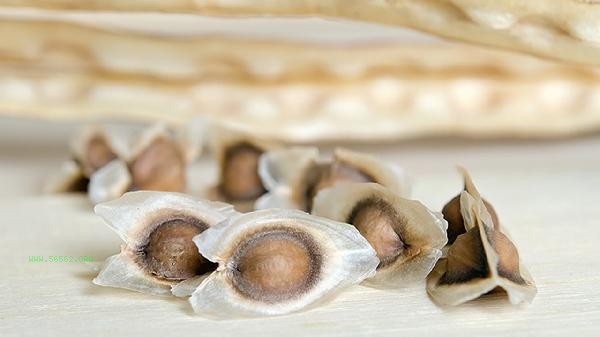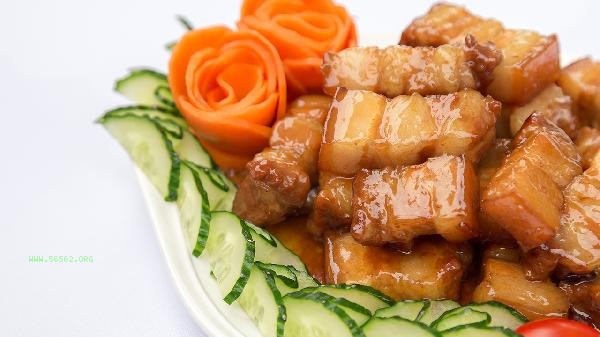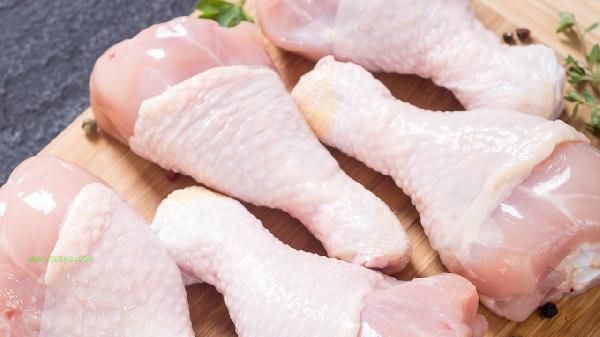The quickest ways to increase satiety and avoid weight gain are mainly high fiber foods, high-quality protein, low glycemic index carbohydrates, sufficient water intake, and adjusting eating order.
1. High fiber foods:

Dietary fiber can absorb water and expand, which can delay gastric emptying. Recommended ingredients include oats, chia seeds, broccoli, etc. Consuming 10-15 grams of dietary fiber per meal can prolong satiety by 2-3 hours and promote intestinal peristalsis. Konjac products contain glucomannan, which can expand 50 times in volume when exposed to water, but only contains 7 calories per 100 grams. 2. High quality protein: Foods such as chicken breast, shrimp, and Greek yogurt require longer digestion time to stimulate the secretion of cholecystokinin. Protein foods have a thermal effect of up to 30%, meaning that the digestive process itself consumes energy. Research shows that consuming 35 grams of protein for breakfast can reduce calorie intake by 23% during lunchtime.
3. Low glycemic index carbohydrates:
Low glycemic index staple foods such as brown rice and whole wheat bread can stabilize blood sugar levels and avoid hunger caused by sudden insulin spikes. Compared to refined carbohydrates, low GI foods can extend satiety time by 40 minutes to 1 hour. Sweet potatoes, chickpeas, and other foods have both fiber and slow-release carbon water properties.
4. Adequate drinking water:

Drinking 500 milliliters of water before meals can reduce stomach capacity by 22%. Studies have found that sticking to it for 12 weeks results in an average weight loss of 2 kilograms. Cold water can temporarily increase metabolic rate more than warm water, but it is recommended to drink a total of 30 milliliters per kilogram of body weight per day. High moisture vegetables such as winter melon and cucumber are also ideal choices.
5. Eating sequence:
Eating vegetables first, then protein, and finally staple food can reduce blood sugar fluctuations by 36%. Increasing chewing frequency by 50% can improve the efficiency of satiety signal transmission. It is recommended to chew 20-30 times per bite. Using smaller utensils can reduce the amount of food consumed in a single meal by 15-20%.
It is recommended to use high fiber vegetables as the basis for each meal, paired with palm sized high-quality protein, and choose 1-2 low GI staple foods. Drink 300ml of warm water half an hour before meals, and focus on feeling the texture of the food while eating. Regularly change the types of ingredients to avoid nutrient monotony, such as replacing broccoli with kale and chicken breast with salmon. Long term maintenance of this dietary pattern can not only stabilize weight control, but also improve the balance of gut microbiota. Be careful not to mix high satiety foods with high-fat foods when cooking, as although nuts are rich in fiber and protein, excessive consumption can still lead to excessive calories.




Comments (0)
Leave a Comment
No comments yet
Be the first to share your thoughts!